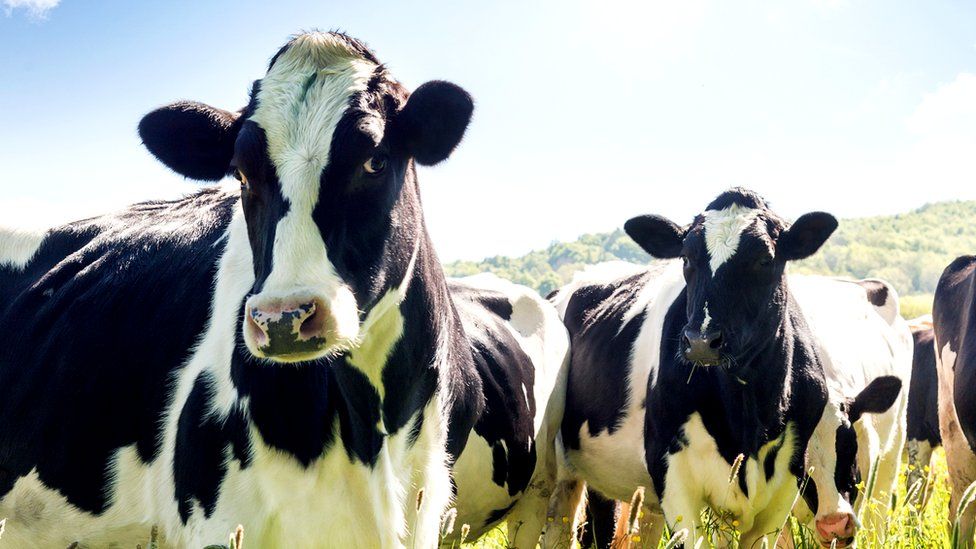 Simulations suggest that the cloud will be ripped to bits and partially swallowed by the black hole
Simulations suggest that the cloud will be ripped to bits and partially swallowed by the black hole Researchers have spotted a giant gas cloud spiralling into the supermassive black hole at our galaxy's centre.
Though it is known that black holes draw in everything nearby, it will be the first chance to see one consume such a cloud.As it is torn apart, the turbulent area around the black hole will become unusually bright, giving astronomers a chance to learn more about it.
An article in Nature suggests the spectacle should be visible in 2013.
Researchers using the European Southern Observatory's Very Large Telescope estimate that despite its size, the cloud has a total mass of only about three times that of Earth.
They have plotted the cloud's squashed, oval-shaped path and estimate it has doubled its speed in the last seven years - to 2,350km per second.
It should spiral in to within about 40 billion kilometres of the black hole in the middle of 2013.
 Reviews of existing pictures from the VLT show the cloud speeding up in recent years
Reviews of existing pictures from the VLT show the cloud speeding up in recent years As the name implies, beyond a certain threshold point - the event horizon - nothing can escape its pull, not even light itself.
But outside that regime is a swirling mass of material, not unlike water circling a drain. In astronomical terms, it is a relatively quiet zone about which little is known.
That looks set to change, though, as the gas cloud approaches.
Spaghetti tester It does not comprise enough matter to hold itself together under its own gravity, as a star might, so the cloud will begin to elongate as it meets its doom.
"The idea of an astronaut close to a black hole being stretched out to resemble spaghetti is familiar from science fiction," said lead author of the study Stefan Gillessen, from Max Planck Institute for Extraterrestrial Physics in Germany.
"But we can now see this happening for real to the newly discovered cloud. It is not going to survive the experience."
It is likely that about half of the cloud will be swallowed up, with the remainder flung back out into space.
But this violent process will literally shed light on the closest example we have of an enigmatic celestial object.
The acceleration of the cloud's constituent material will create a shower of X-rays that will help astronomers learn more about our local black hole.
And as astronomer Mark Morris of the University of California Los Angeles put it in an accompanying article in Nature, "many telescopes are likely to be watching".

No comments:
Post a Comment